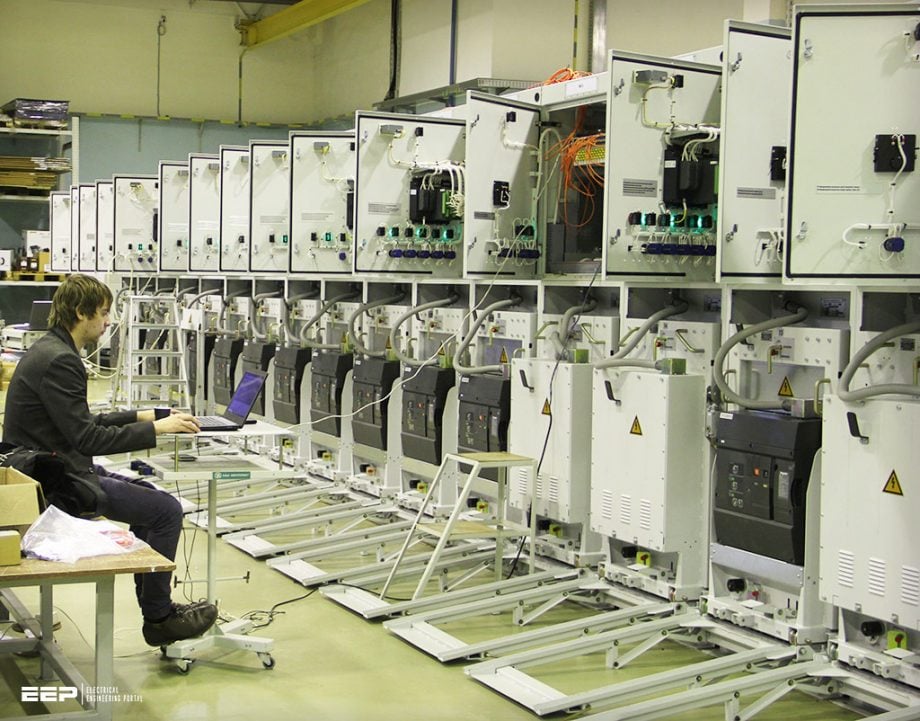

At the completion of the course participants are expected to have gained knowledge and experience on how to apply concepts of EMS in a manner that follows international best practice and be aware of the kind of tools appropriate for the task. Outputs of the courses are working knowledge by participants of the subject matter, and reference documentation.
Electrical power engineers and advanced operating staff of substations, factories, electrical distribution networks and transmission.
This interactive Training will be highly interactive, with opportunities to advance your opinions and ideas and will include;
Day 1
Day 2
Day 3
Day 4
Day 5
CDGA attendance certificate will be issued to all attendees completing a minimum of 80% of the total course duration.
| Code | Date | Venue | Fees | Register |
|---|---|---|---|---|
| EE204-01 | 08-02-2026 | Dubai | USD 5450 | |
| EE204-02 | 10-05-2026 | Muscat | USD 5450 | |
| EE204-03 | 09-08-2026 | Riyadh | USD 5450 | |
| EE204-04 | 08-11-2026 | Manama | USD 5450 |

Switchgears are very important for electrical power transmission and distribution especially in populated areas. The course contains the different types of switchgear, switchgear construction and comp ...

The equipment needs to be operated in a safe manner securing continuity of supply. This requires the equipment to be designed, installed, commissioned, operated, and maintained in a satisfactory manne ...
This course of Electrical Motors overviews the design , construction , component and different types of motors , and covers selection criteria of motors . The course include operation , maintenance, t ...
Providing services with a high quality that are satisfying the requirements
Appling the specifications and legalizations to ensure the quality of service.
Best utilization of resources for continually improving the business activities.
CDGA keen to selects highly technical instructors based on professional field experience
Since CDGA was established, it considered a training partner for world class oil & gas institution
3012, Block 3, 30 Euro Business Park, Little Island, Co. Cork, T45 V220, Ireland
Mon to Fri 09:00 AM to 06:00 PM
Contact Us anytime!
Request Info